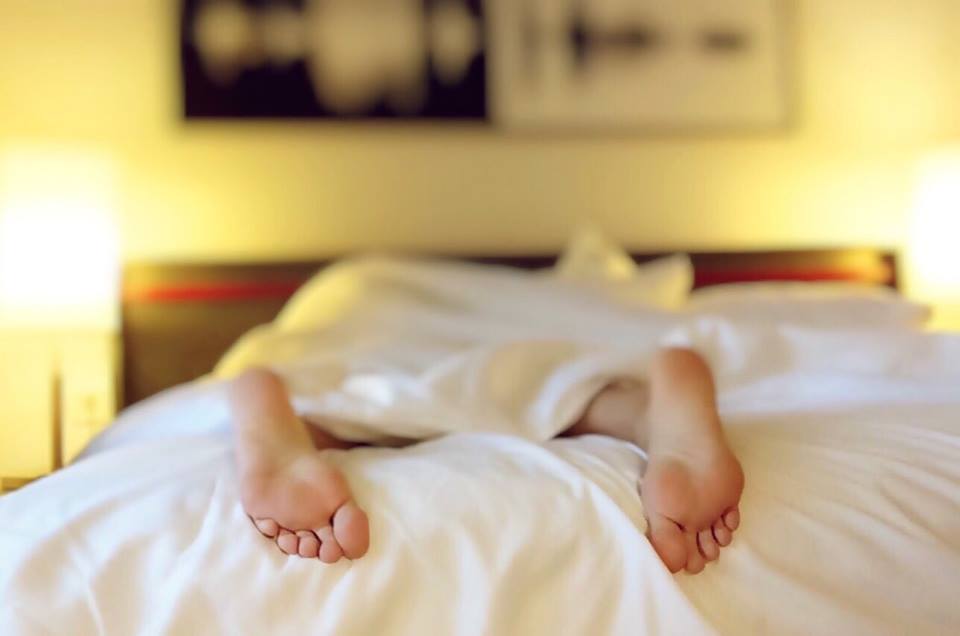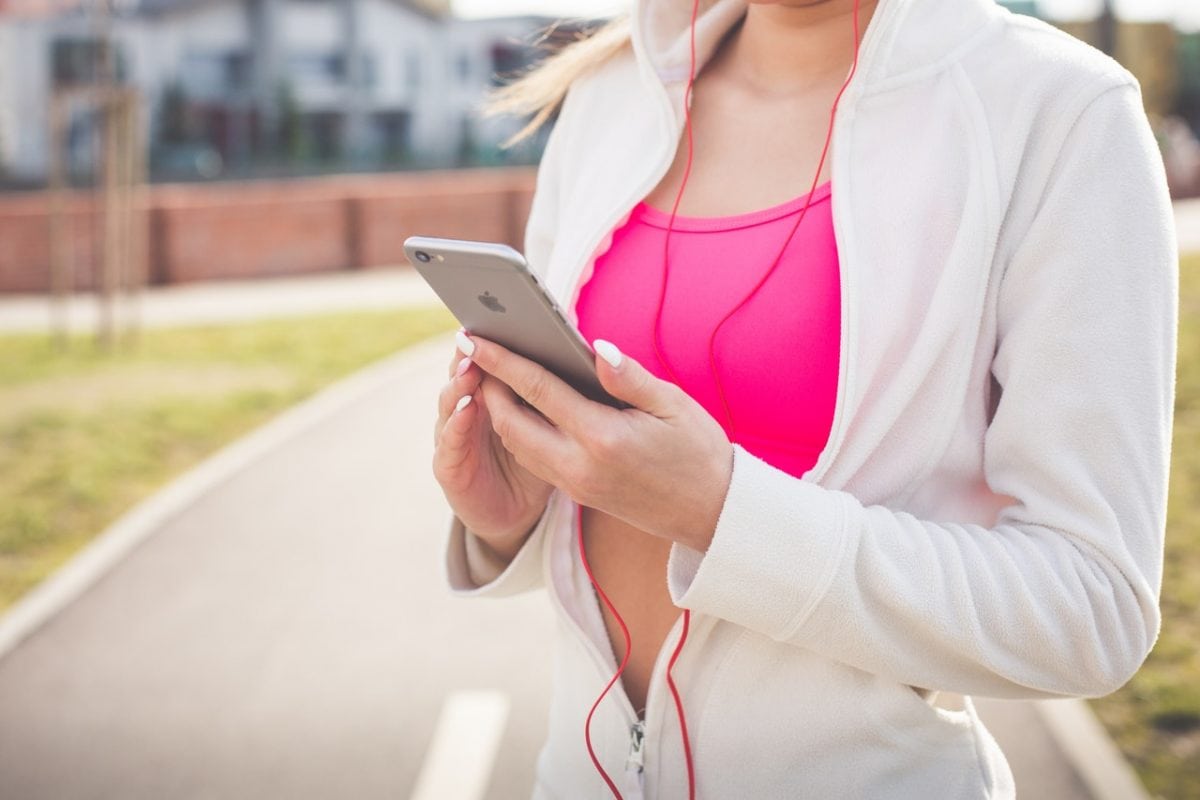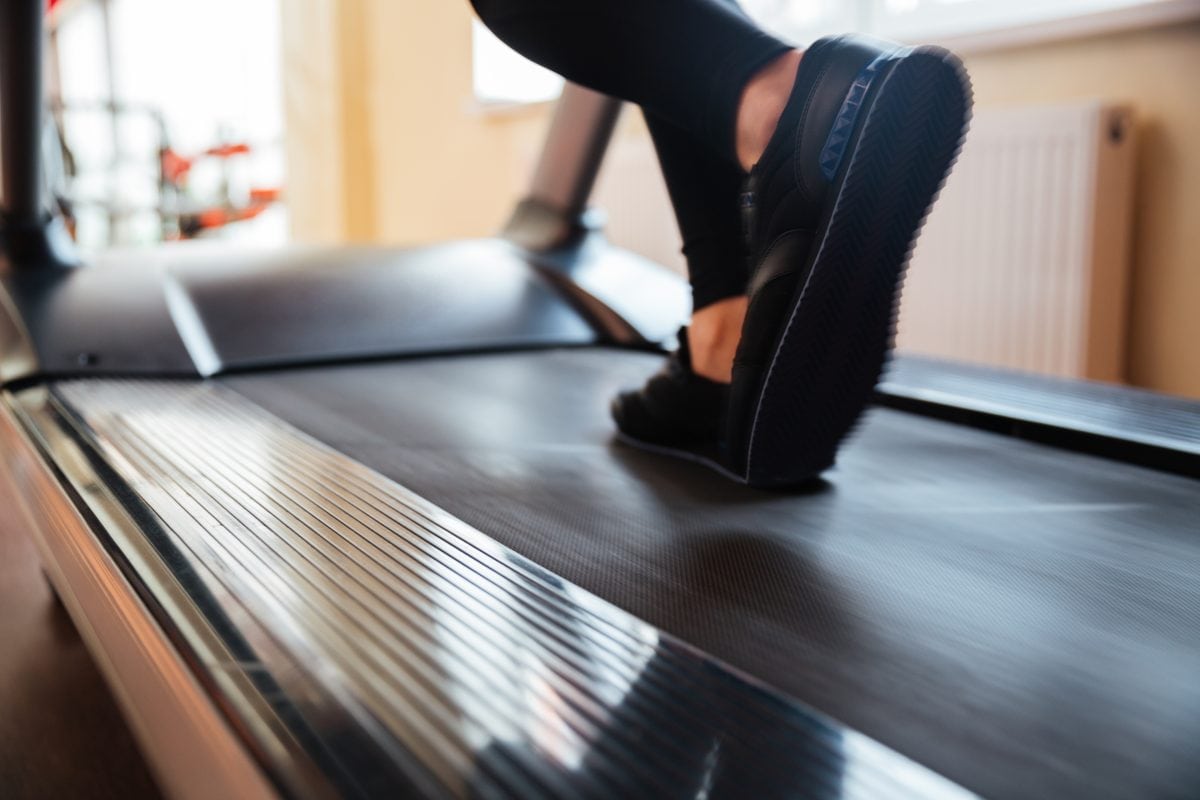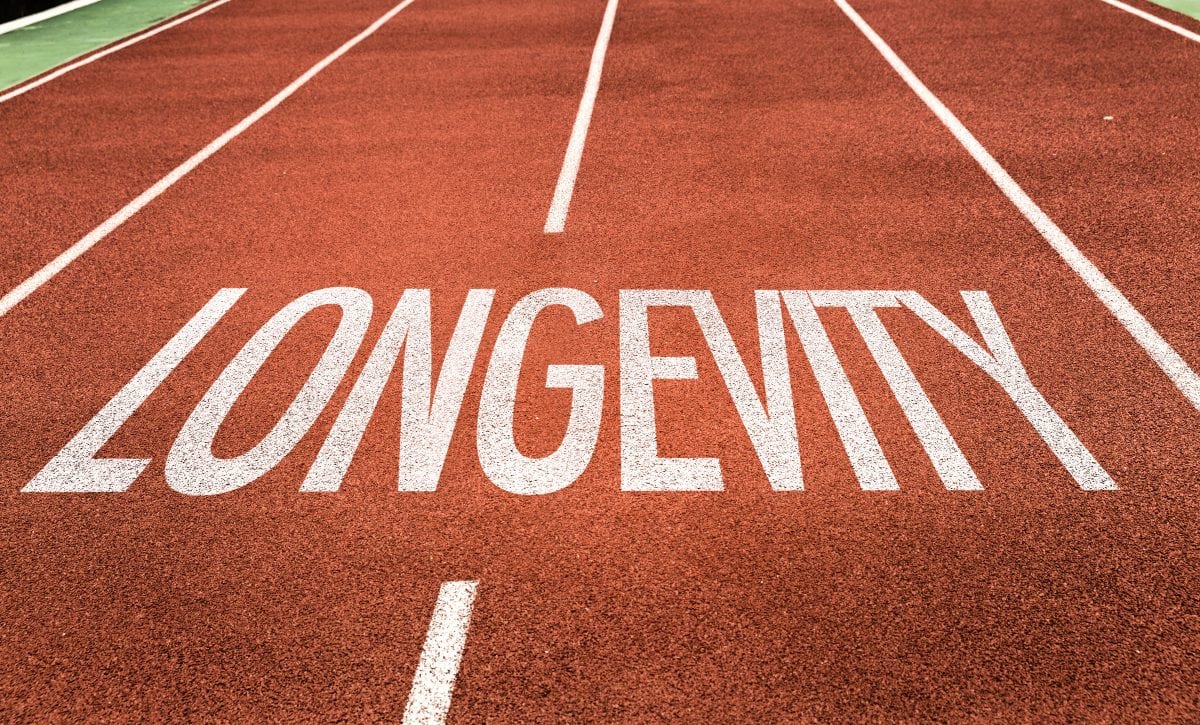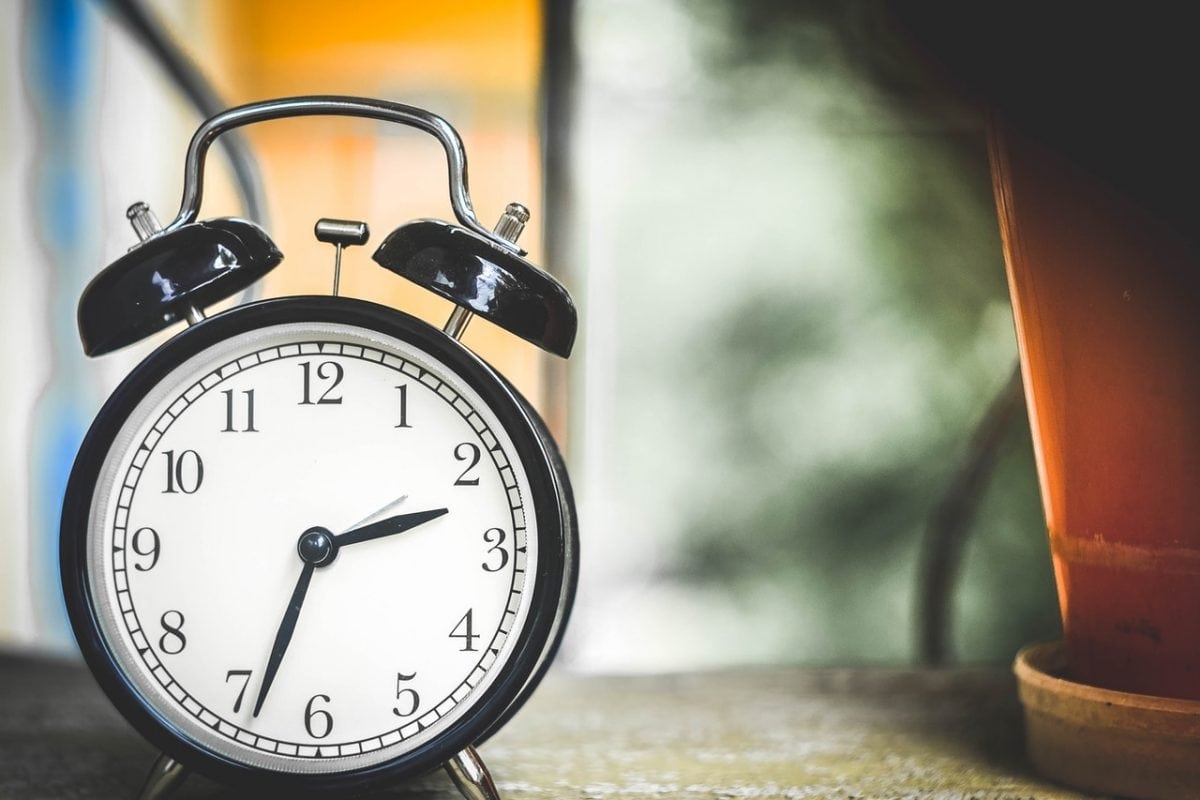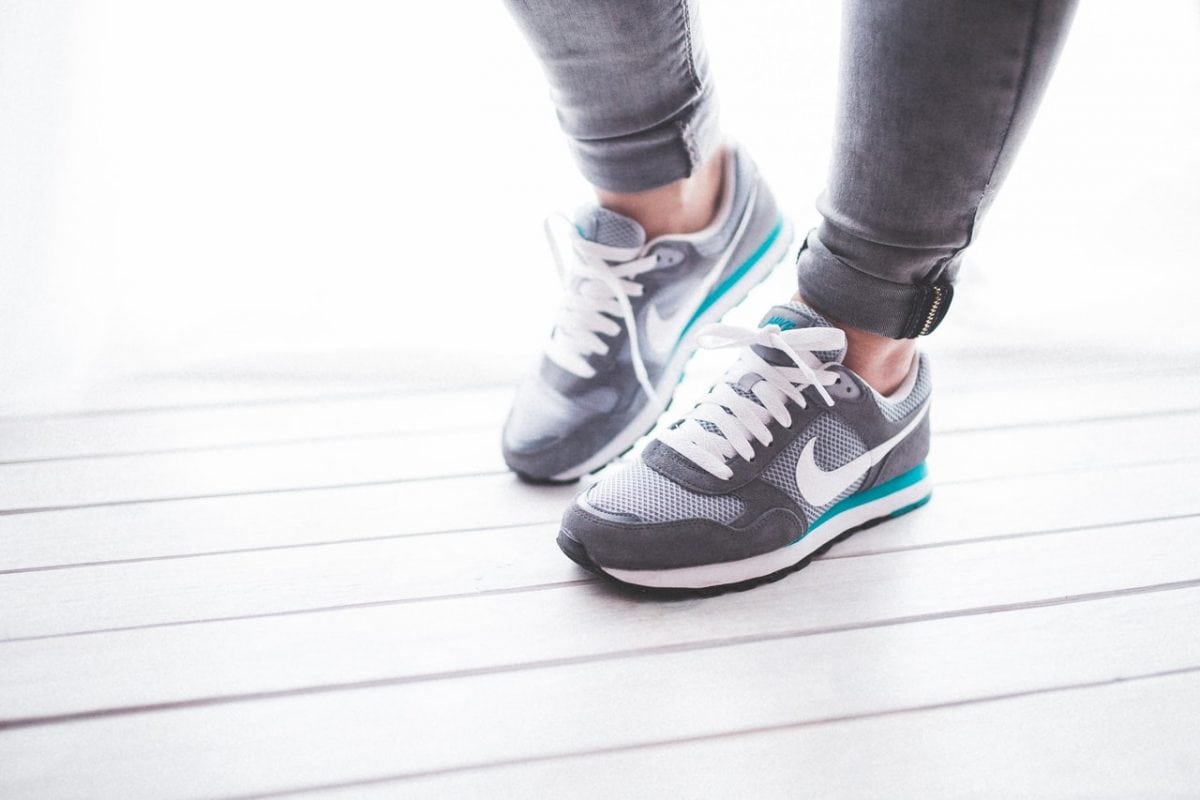I just had one of my best vacations in recent memory. Biking, hiking, and fly fishing my way through Bend, Oregon. The mountains, the rivers, the trails. It doesn’t get much better.
But I realized I can’t “turn off” completely and get away from my desire to help people improve their health and their lives. Nor do I want to.
My fishing guide and I had a 45-minute drive to the Crooked River northeast of Bend near Prineville, Oregon. He is a great guy (and a phenomenal guide), and we immediately struck up a lively conversation. He is full of stories and tall tales of life as a fly fishing guide.
His tune changed, however, when I told him what I do. His response? “You can probably tell, I am not the healthiest guy around. I drink a little too much beer. Well, OK. A lot too much beer. I don't eat right. I'm active on the job but I’m not into exercise. I know I should be healthier. Do you have any advice to help me?”
Where do I begin? I was at a loss at first where to start. I wanted to hear more stories about rainbow trout, nymphs, flies, and the “one that got away.” But since the conversation turned to health and I saw a chance to help, I knew this deserved a long discussion.
I could have told him to eat more veggies, get regular exercise, consume fewer empty calories, prioritize sleep more, and of course, Drink Less Beer.
Unfortunately, that wouldn’t have helped him at all. He knew all that. His problem was not one of poor advice or poor understanding of the unhealthy aspects of his lifestyle.
He didn’t need me to tell him what to do. Instead, he needed to understand why he does the things he currently does.
We all develop patterns and routines in our lives. Some become more entrenched than others. The key is making sure those routines are as healthy as possible.
For instance, we tend to have patterns of usual restaurants we go back to again and again. Whether it is a night with friends or loved ones, or a dinner business meeting, we likely have a handful of choices from which we choose.
Our job is to make sure those choices look more like True Food Kitchen, Flower Child, or Tender Greens and less like Olive Garden, the Chop House or other over-sauced, “under-vegetablized” establishments.
What about our post-dinner routine at home? Sitting on the couch, raiding the fridge for food our body does not need, and drinking one too many beers is an easy pattern to fall into.
Why not take a walk instead? Read a book in a room away from the kitchen. Meet friends for games that involve no or at most one beer.
The first step is understanding why our patterns exist.
My fishing guide drinks too much beer. He likes the taste. Ok, I say, but you can get the taste from one beer and savor it. That wasn’t it.
He likes the way it makes him feel, he likes the buzz. The buzz takes volume to get. One beer won’t cut it. We had to question, what else can give him similar joy? Did he need the buzz, or did he just need to feel good about something?
It turns out, outside of fishing, his life was not very full. He had no nearby family, no real hobbies outside of fishing. He had plenty of friends, but they were all big drinkers and thus it was all too easy to drink on a regular basis.
I wasn’t going to help him by citing studies showing the dangers of being overweight, or the dangers of excessive alcohol consumption.
He needed to escape his routines and the company he keeps.
It’s remarkably difficult to tell someone you just met that they need to find their purpose in life. They need to like themselves more. And they need new friends, or at least to see current friends less.
Thankfully before I overstepped my bounds, we reached the river and were well on our way of creating our own tall tales of rainbow trout, nymphs, flies, and the one that got away.
In the end, however, I was able to lay the groundwork for what will hopefully be a change in perspective regarding his life. It won’t happen overnight. It will take time, and it will take work. And it all starts with understanding why we do what we do.
Ask yourself that question. Question your assumptions and your routines. Find ways to alter them a little more towards health. We don’t have to be perfect. We just need to be better.
And we all need to get to the Crooked River to catch some fish. It’s simply beautiful.
Thanks for reading.
Bret Scher, MD FACC
Cardiologist, author, founder of Boundless Health
www.DrBretScher.com
Action Item: Find one routine per day and question it. Even something as simple as where you park your car. Or where you sit after dinner. Question one routine per day. Understand why you do what you do. Then see if you can reframe it in a healthier way. You don't have to be perfect. Just be a little better every day.


